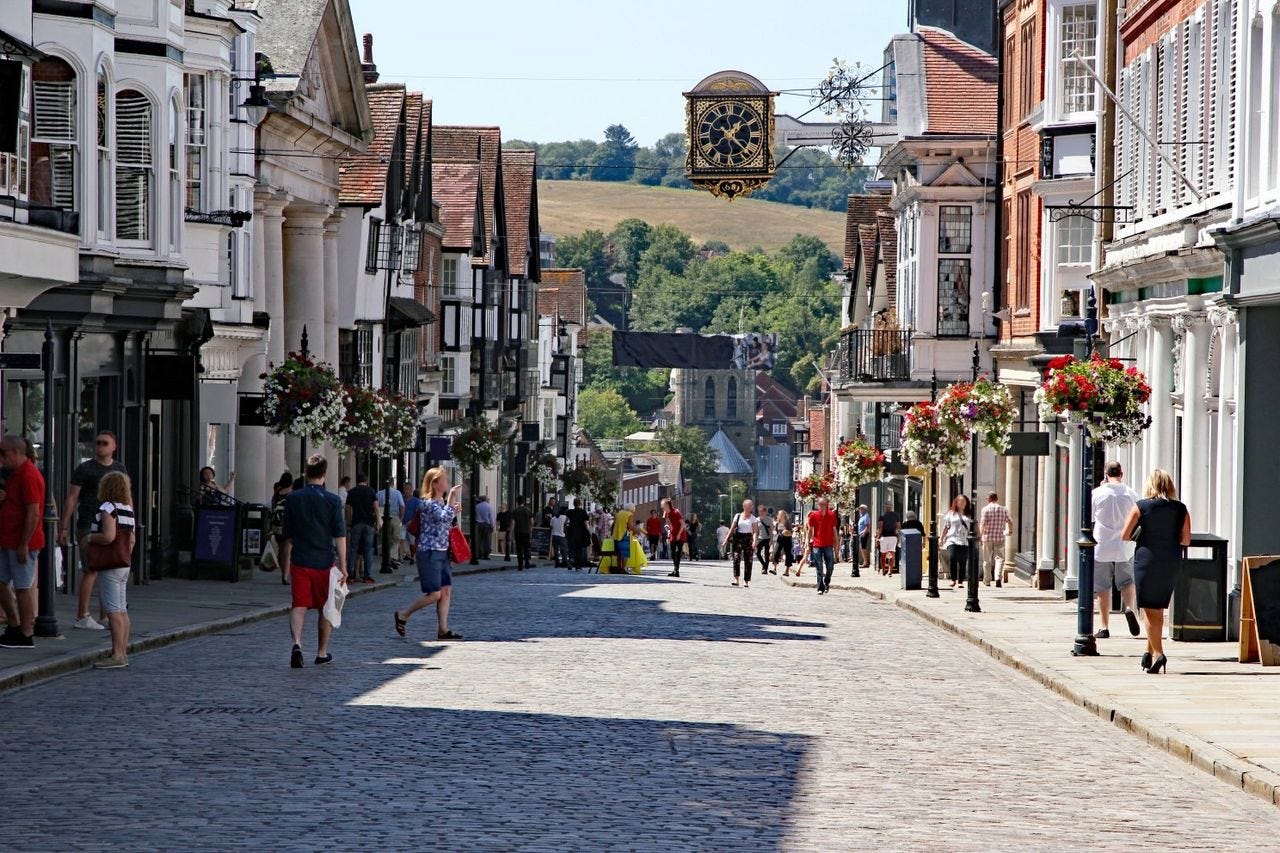Will 15-minute cities become a reality?
The bustling city has been full of human activity since people first settled there. With more people attracted to urban life, the population density of a city expanded as a sprawling metropolis packed with buildings, roads, and rail systems. But somewhere along the way, most likely over the last century, the city became decentralised. City dwellers felt…
Keep reading with a 7-day free trial
Subscribe to Brave Ideas to keep reading this post and get 7 days of free access to the full post archives.




